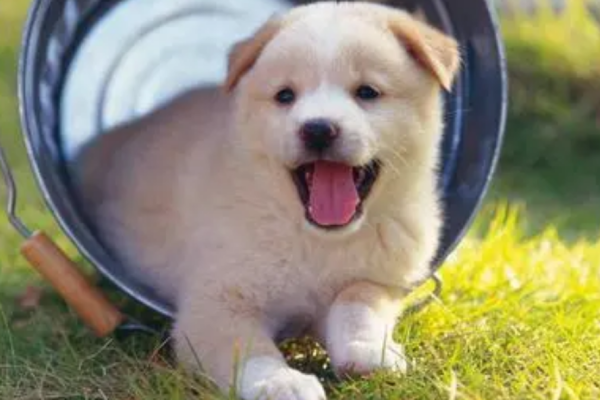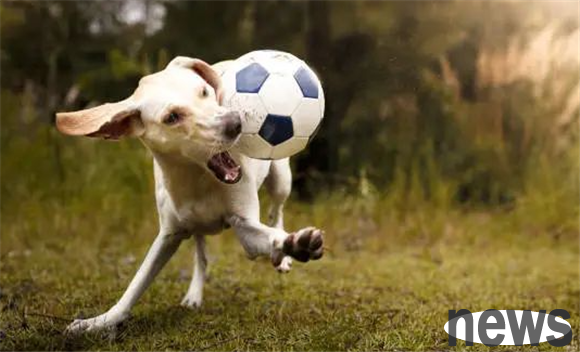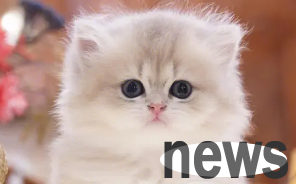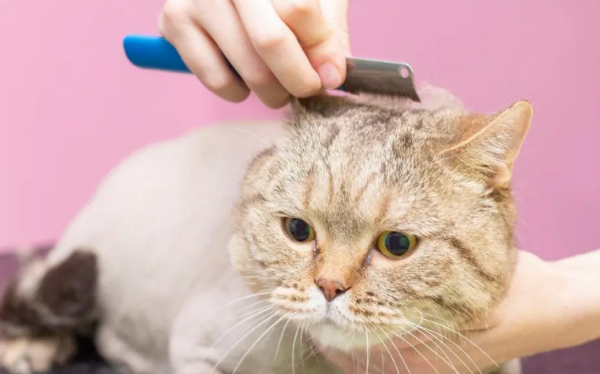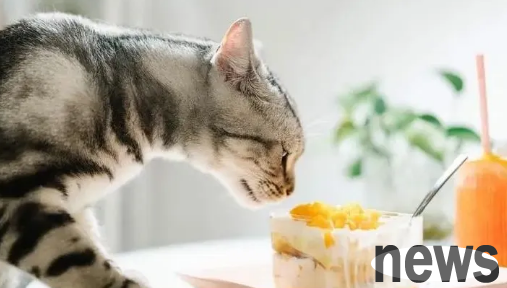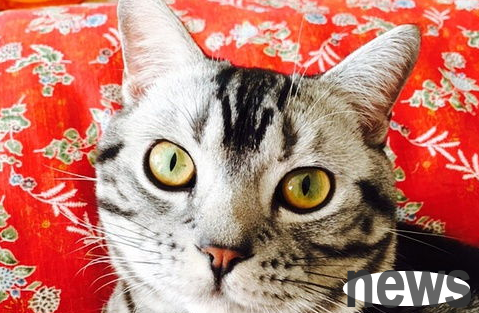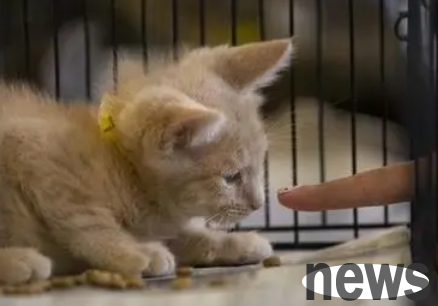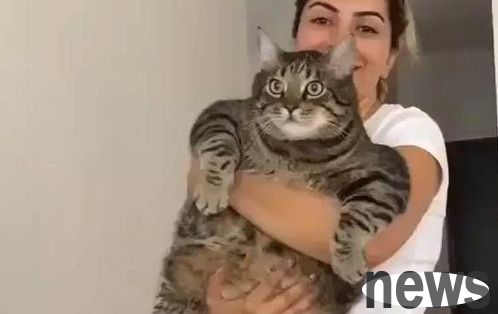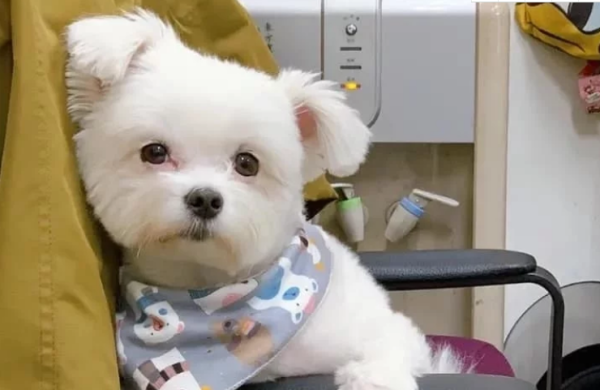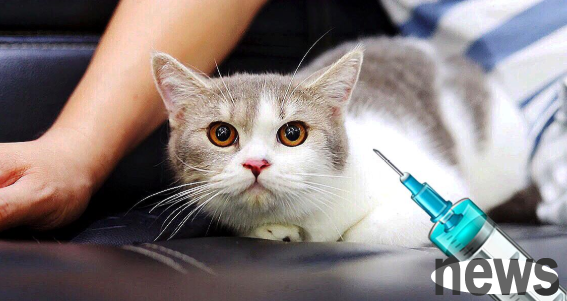Cats don t like to drink water, so the harm is so great
The total daily water intake of cats is 60ml/kg/day, and the total water intake includes canned food (80% water), dry food/wet food (10%/80% water), other water-containing foods and daily drinking water.
For example, a 4kg cat must ensure that the total daily water intake is 240ml or more.
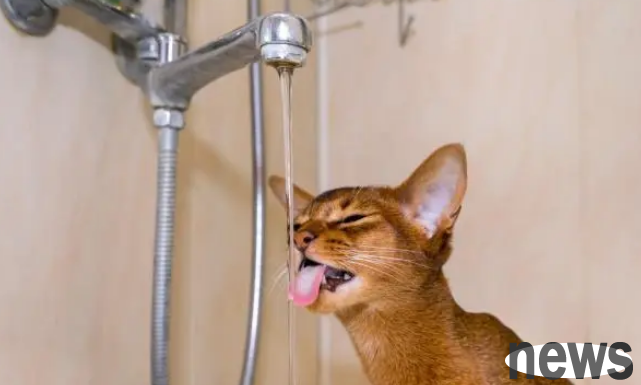
Water is one of the indispensable "nutritions" for humans. Once a person lacks water, the water intake is seriously less than the consumption, which will produce many fatal diseases. The same is true for cats. The harm of water deficiency is no less than chronic suicide.
So, today I will give you a popular topic about cats and water. The following is divided into two parts, namely: the harm of cats drinking less water and eight coping strategies for cats drinking less water. According to convention, the focus will be bolder to facilitate reading. If you are interested, please read the full text.
The harm of drinking less water
Water is one of the important elements to maintain cats' physical functions. Lack of water will cause many diseases due to the consumption of the body far exceeding the intake.
The four common causes of diseases are believed to be related to low water intake:
1. Urinary system diseases: urinary tract infection, urinary stones, bladder stones, cystitis, etc.
2. Chronic renal disease: chronic/acute renal failure, etc.
3, Diabetes
4, Hyperthyroidism
These diseases are certainly lethal to cats, so don't take it lightly.
Eight coping strategies for cats drinking less water
No matter what age the cat is, we should encourage it to drink water. During the kitten period, if the cat develops the habit of drinking more water, many diseases can be avoided during the subsequent growth and development.
Regarding the issue of cats drinking less water, here are eight coping strategies for your reference. These strategies may not be applicable to all cats. After all, each cat has different growth experiences, living environments, and stress, but at least most cats can handle it easily.
1. Ensure quality
In the process of raising cats, we need to ensure the quality of water at least.
does not need to be particularly luxurious, it only needs to ensure that the water provided is clean, safe and fresh. Don't let the water stay for too long.
Speaking of this, I would like to dispel a rumor: "Cats will suffer from stones when drinking mineral water."
The formation of cat stones is more common: ammonium phosphate, calcium oxalate, and urate stones. A little related to mineral intake is magnesium ammonium phosphate. The magnesium element contains very little mineral content, and the units are calculated by mg/kg of mineral water. In addition, cat food and cold white boiled food contain magnesium. The causes of stone formation are generally caused by urine pH alkalinization and insufficient water intake.
Conclusion: Cats can drink mineral water.
To ensure water quality and sanitation or channel safety, you can choose from cool white, mineral water, and pure water.
2. In terms of water bowl, ensure the quality of water, and the next step is to ensure the hygiene of the water bowl.
If you choose a water bowl, you must ensure that you are cleaned at least once a day.
If you choose an automatic water dispenser, you must ensure that the filter element is replaced within the specified time.
The type of water bowl (ceramic material, stainless steel material, and glass material can be selected), size (depending on cat's preferences) and quantity (multiple water bowls can be placed at home) may also affect the cat's desire to drink water.
3. Placement location
Many cats are unwilling to drink water because they are not satisfied with the placement location.
The specific place can be determined according to the conditions for raising cats, but there are three points to note: do not place it near the cat litter box, do not place it near the grain bowl, and do not place it in a convenient place for cats to transport (it is easy to overturn and contaminate).
4. Live Water
Many cats are interested in "live water", which is also the reason why they like toilet water and drink faucet water.
You can see the cat when you pour water slowly, so that the cat thinks it is "flowing water". You can also choose auxiliary tools such as cat fountains and automatic water dispensers.
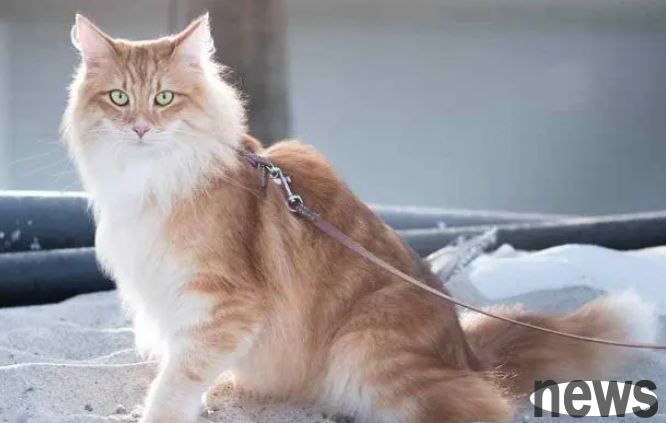
5, Broth of broth/Goat Milk Powder/Cold Water
Most cats are interested in broth, such as fish soup, chicken soup, clam soup, etc. that we make conveniently.
You can also prepare some goat milk powder at home and occasionally add some to the cat according to its weight.
Cool water: In late spring, summer and early autumn every year, you can consider adding ice to the cat's water bowl, or directly provide refrigerated water, which cats will like.
6. Wet food/canned/freeze-dried
If the above strategy does not work, indirect drinking water can be used to increase the water intake of the cat.
The staple food can be provided in various forms such as pure wet food, dry food + canned food, dry food + soaked in water and freeze-dried.
You can also consider adding 1-2 spoons of water to the provided water-containing staple food to increase the cat's water intake.
7. Exercise
can be used to interact with the cat, and increase the cat's water intake by consuming energy/water, etc. (It is appropriate to have 15-20 minutes)
Cat sticks, laser pens, electric toys, and table tennis are all good interactive tools.
This also has the advantage of improving the absorption rate of cat food intake and nutrition conversion rate, and at the same time, it can also make the body healthier.
8. Forced water feeding
If all the above methods cannot increase the cat's desire to drink water, they can only adopt the violent but most effective method: force water feeding.
You can buy some needles, remove the needle, and feed the cat water daily as needed.
The knowledge point in this article ends here. Water is really very important to cats. The cat owner must pay attention to the problem of drinking water during the cat raising. Once the cat drinks less or does not drink water, the cat should be vigilant, observe and record the cat's current physical condition and some effective information to facilitate the identification of the cause and veterinary disease assessment.


